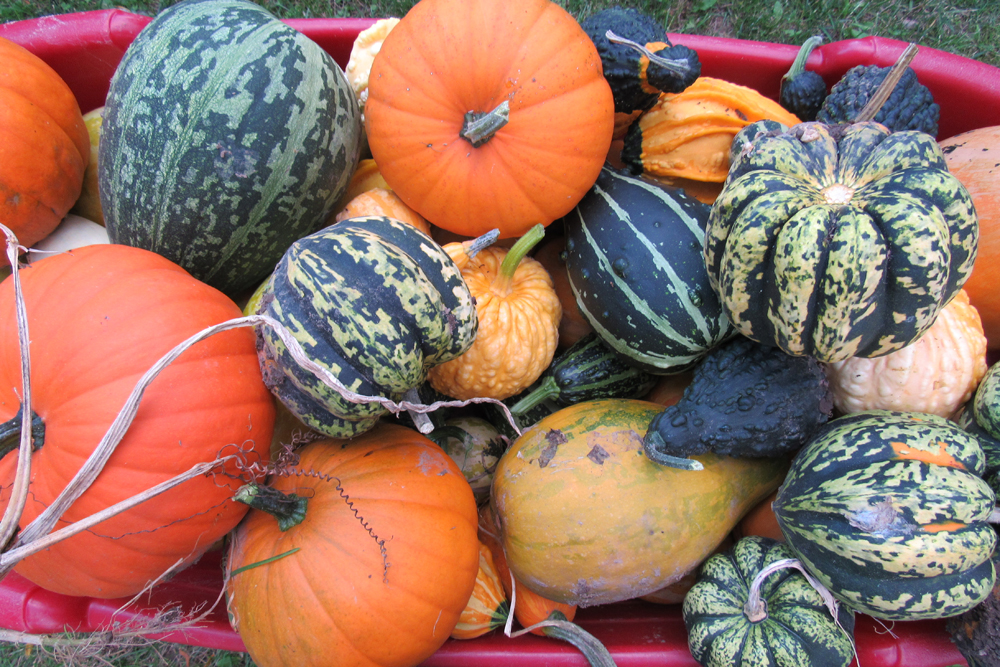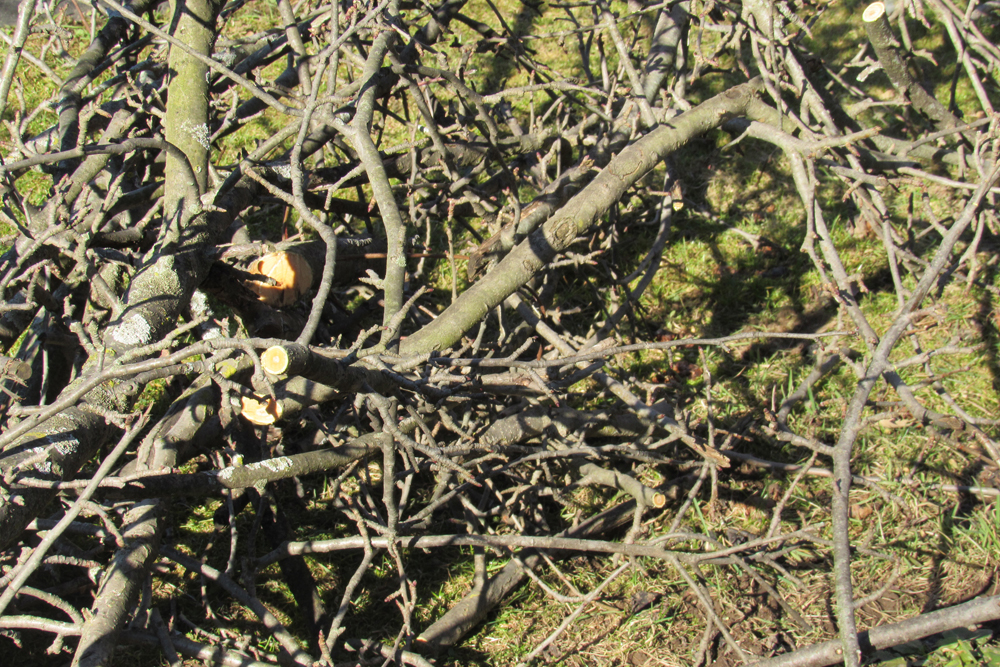Year of the squash

I am so excited that the National Garden Bureau has chosen squash as their edible plant of the year for 2024. Each year, the NGB selects one annual, one perennial, one bulb, one edible, one houseplant, and one shrub as their “year of” crops. Squash can be challenging to grow, and for some varieties you need lots of space. Still, they are also a very satisfying crop because there are many shapes, colors, and flavors from which you can choose.
Some squash are prized for their sweet or savory flavor, while others make beautiful decorations for our late summer, autumn, and early winter displays. For me, each squash, especially the decorative varieties like pumpkins and gourds, has its own personality. I have a hard time parting with them when it is finally time to let them go.
Squash is native to the Americas and has a history dating back over 8,000 years to Central and South America, the NGB says. Four thousand years later, squash was considered a primary agricultural crop of the ancients. Squash is one of the central components of the indigenous “Three Sisters” planting of maize, beans, and squash, and it can still be used to create a mutually beneficial ecosystem in your garden today.
Europeans were introduced to squash in the late 16th century and have never looked back. The popular food crop is now enjoyed all over the world.
Squash fall under two broad categories: Summer and Winter. Summer squash are quick growing and are harvested early, usually before their seeds mature. They can be enjoyed raw or cooked, thanks to their soft skins. Zucchini, Yellow Crookneck, Pattypan, and Chayote are common types of summer squash.
Winter squash are harvested later and can have odd shapes, and sometimes tough and even warty skins. They have a long shelf life and can be stored and enjoyed well into winter. They are traditionally enjoyed cooked, baked, or roasted. Acorn, Butternut, and Spaghetti are common types of winter squash.
Squash is easy to get started in the garden. You can direct sow seed when soil temperatures are above 65° F and all danger of frost has passed. Squash are warm season crops, so avoid the temptation to sow too early; they grow fast once conditions have warmed up in spring.
If you have limited space, look for bush varieties of both kinds of squash. Squash is monoecious, meaning it has male and female blooms on the same plant and requires bees and other pollinators to move pollen from the male to the female flowers. The NGB says it can take as many as twelve visits to a female flower by pollen-laden bees to complete the pollination process.
Squash contend with a long list of pests and diseases, including spotted and striped cucumber beetles, squash vine borer, squash bugs, powdery mildew, fruit rots, and bacterial wilt and virus. The NGB says row covers can help early in the season to deter pests, but remember they will have to be removed for pollination. I find, and the NGB agrees, that watching crops closely throughout the growing season is very beneficial. Pests can be removed by hand, and squash bug eggs can be gently crushed as soon as they are discovered on the back side of leaves. This does become more of a challenge as larger vining varieties grow and spread, but early control has proven to be very effective for me. Remember to give squash plants lots of room for air circulation and rotate them as widely as you can. Vine borers and squash bugs can be a bigger problem the second year if you grow them in the same spot. Mix some plants in with other large crops to confuse pests. Look for new disease-resistant varieties when purchasing seeds or plants.
The National Garden Bureau suggests planting in full sun, in fertile, well-drained soil. Plant pollinator-attracting ornamental flowers near your squash beds to invite spollinators into the area. Keep squash plants tidy and clean and cut off and remove any damaged or yellowing leaves at the point of attachment, the NGB says. If you head out on vacation, remove any zucchini fruit that is beginning to develop. This prevents you from coming home to over-sized, tough fruit that is not of the best eating quality.




